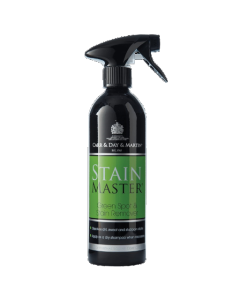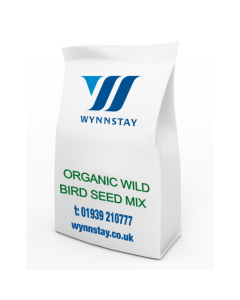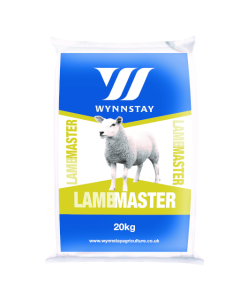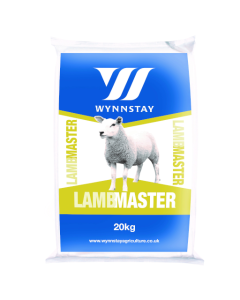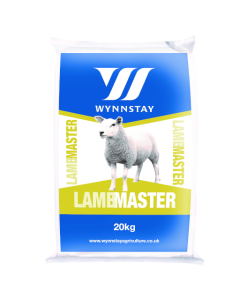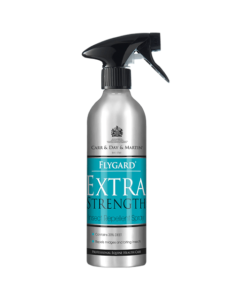There is enough energy in a hectare of fresh forage maize to support about 30,000 - litres of milk production in dairy cows, once animal maintenance needs are met. With high cereal prices having a direct impact on bought-in feed prices, it is therefore well worth protecting the energy potential in this starch-rich forage.
Making good decisions
While good decisions with variety choice and agronomy can help to maximise the energy yield per hectare of maize while it is in the field, this is only half the story.
Good decisions at ensiling are also crucial, in order to minimise the amount of this energy that slips through your fingers when harvested and stored in the clamp.
It is easy to underestimate the storage losses in maize. Typically, these can be around 15% of the dry matter (DM) ensiled, but they can be much higher.
The most obvious losses occur when maize silage heats up, caused by yeast and mould growth in the presence of air. But invisible losses during the silage fermentation, even in a well-fermented clamp, will typically be around 8%, and potentially much more.
Nutrition in Dry Matter
What is also important to remember is that it is not just ‘general’ DM that is lost, but the more nutritious parts of the dry matter content – the important starches and sugars that maize is grown for in the first place. Fungal contamination can also make maize silage less palatable to cows, and can cause problems with mycotoxins.
Good Preservation
The starting point to good preservation is to harvest maize at the optimum time and to clamp it in the correct way. However, good maize preservation is a multi-step process with many factors affecting the forage quality. Another important consideration is using the correct additive. If an additive is omitted entirely or if the wrong type is used, it leaves the preservation much more open to chance.
The benefits of additives
Look for a dual-acting additive – one that not only controls heating but that also improves the efficiency of the fermentation. That way you have reassurance that you are targeting both sources of loss.
As an example, Ecocool applies two strains of beneficial bacteria. One has been shown to reduce fermentation DM losses, the other leads to inhibition of yeast and mould growth. Alternatively, DA Ecocorn contains the same beneficial bacterium for improving fermentation but a special preservative, potassium sorbate, to tackle yeasts and moulds.
Upon opening clamps, both products have kept silage stable for more than a week.
Read our Guide to Maize Silage Clamp and our Maize Harvesting & Clamp Management Guidelines for more information.




